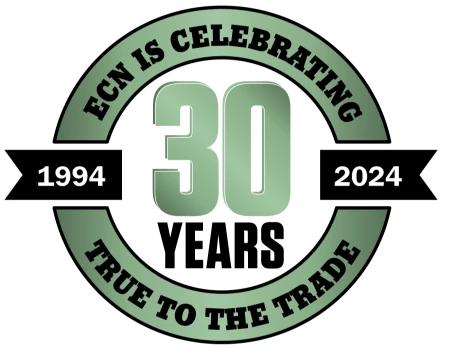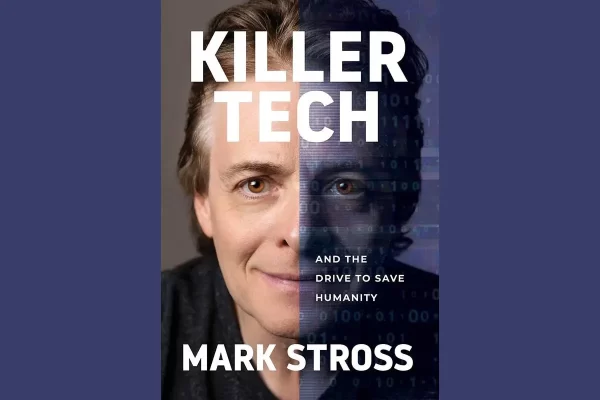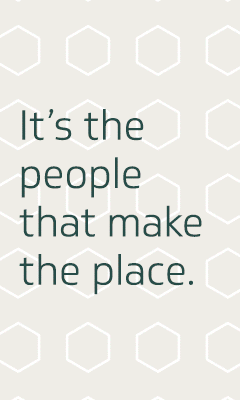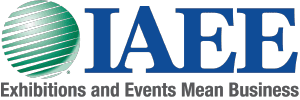Change and innovation come much faster as we move further into the 21st century, and keeping abreast of those changes and anticipating future needs is critical for understanding the future of the meetings industry.
During the recent IMEX America tradeshow in Las Vegas, Meeting Professionals International (MPI) presented research regarding the future of meetings based on responses from some 1,600 professional meetings planners. In short, those who fail to stay abreast of rapidly changing markets are destined to fall behind those who embrace inevitable change.

“With emerging markets and contracting markets, there is a need to explore new markets and anticipate the needs of new and old markets,” said Jackie Mulligan, director of enterprise and principal lecturer, International Center for Research in Events, Tourism and Hospitality.
By way of example, Mulligan pointed out how 20 years ago the fax machine first came into widespread use within the meetings industry followed by text messaging 12 years ago and Twitter six years ago. Just two years ago, the iPad and similar tablet devices became an industry standard.
“The pace of change is increasing each year,” said Mulligan. “But the industry is only aware of some changes. There is a need to look further into the future. The future of travel is a big concern.”
The 1,600 meetings planners participating in the qualitative study identified trends likely to impact the meetings industry, and chief among them are increased public scrutiny and the balance of new technology versus cost with a focus on value. The future of meetings will require planners to understand people, cultures and their needs in order to facilitate face-to-face interactions, according to the report.
And there will be more hybrid and virtual meetings connecting people during an age when global and even regional travel likely will be complicated by high energy costs.
Although people will need to connect in person in the future, enabling that face-to-face interaction will depend on the perceived value versus its actual cost.
“I bet I could start a business today running meetings that take place only online, and I bet I could make a decent living at it,” said Bob Stein, co-director, Institute for the Future of the Book and survey respondent. “We’re in one of those cusps of deep change, and everything is possible. There’s no one direction.”
While there might not be any one clearly identifiable direction for the future of the meetings industry, future trends identified by the 1,600-member panel include:
- Meetings will feature unique spaces designed for specific purposes, such as conducting presentations.
- Meetings will offer more than just content due to the decreasing value of information due to digitization.
- Technologies, social networks and neuroscience will create a greater capacity for meeting planners to assess the actual impact of events and adapt to changes.
- Data on individuals will become more personal and less private as covert methods of gathering information become more prevalent.
- Online and offline worlds will integrate more seamlessly.
- Longer lives mean events might contain up to five different generations with differing communication preferences.
- Short-term thinking will limit innovation, and future generations will have shorter attention spans requiring easily digested information.
While many potential future trends have been identified, successful adaptation will be critical to success in the future. Technology can enable change, but it does not drive it. Instead, demographic shifts combined with social and political changes will drive future change, according to the study. Also driving change will be people themselves as they adapt to new technologies and change the ways in which they communicate and interact.
“To meet the uncertainty of future changes, professionals in all industries will need to take a close look at the diverse drivers of change and understand the forces behind them to anticipate changes and adapt accordingly,” said Mulligan.




























